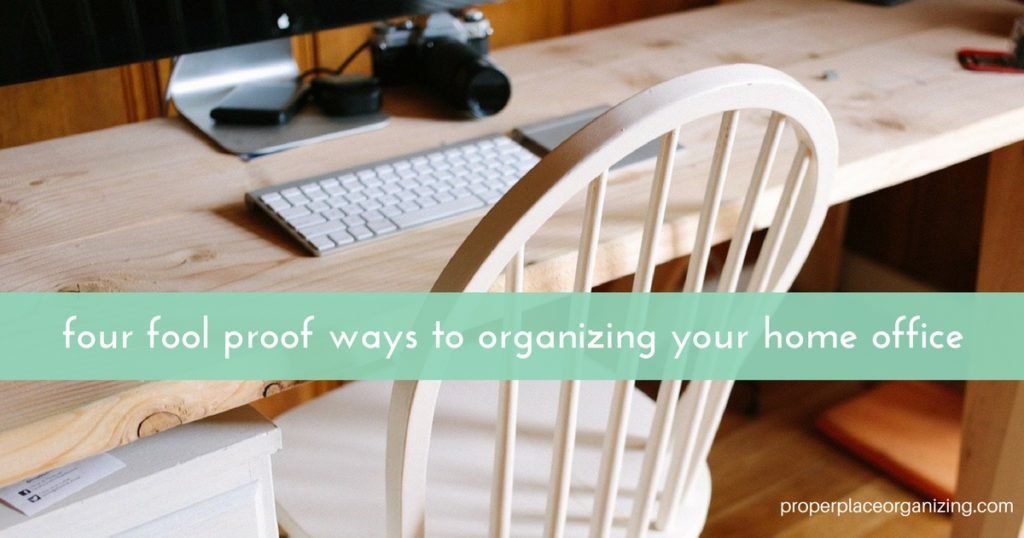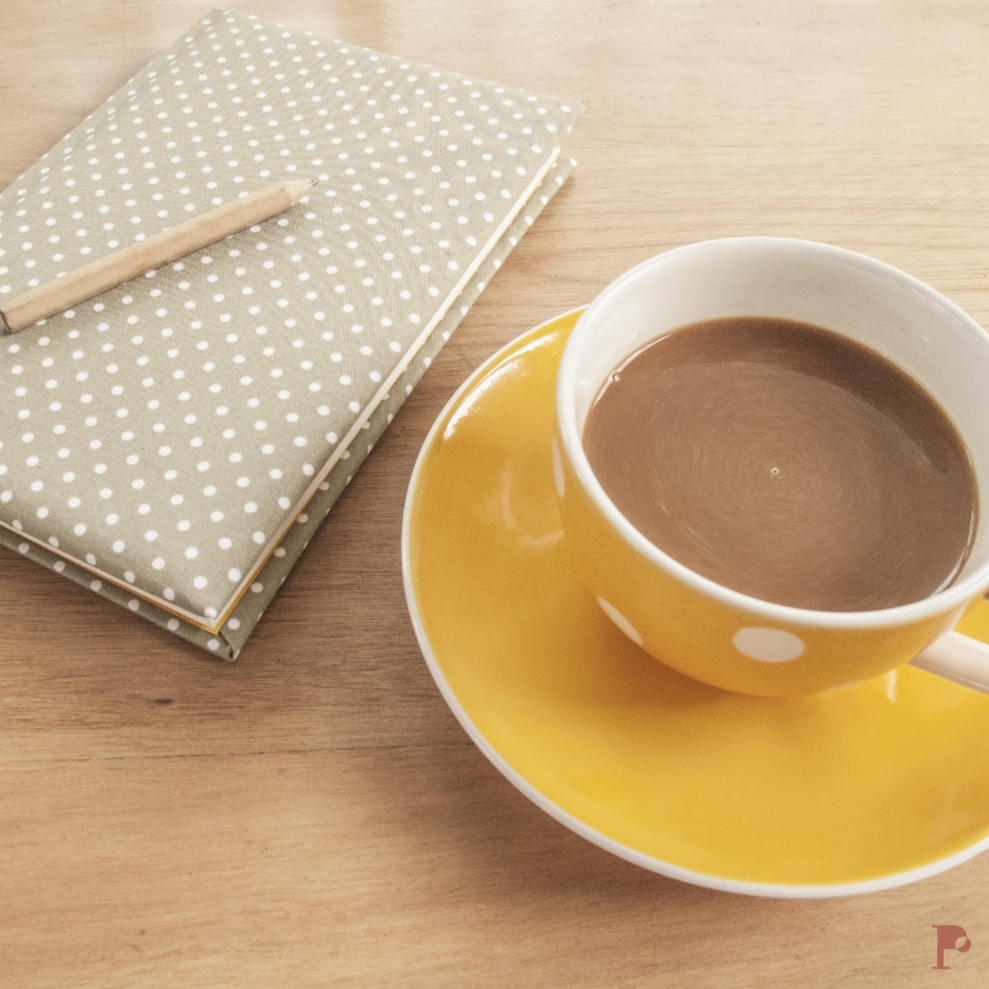Did you know that your desk is the battle ground for paper? One day you walk in and realize the villain has declared victory…your desk is overflowing! But no more! Take control back of your territory and love your office again.
Here are four simple, fool proof steps, to over take the villain and regain order and a system of organization in your home office. No matter if you’re starting with a cleared desk or a cluttered one, these four solutions and a little dedicated time, will help transform the productivity in your home office.
- Keep items according to accessibility
- Use the correct type of container
- Have a landing zone for paper
- Have an exit strategy for all paper
This is how those four points can transform your office:
1] Keep items according to accessibility
Keep what you use daily within an arms reach. Computer, paper, pens, envelopes, stamps, checkbook. Everything else can be stored in a closet or on a high shelf. Examine what is currently stored within an arms reach. Do you use those items frequently? Take note of the items you use everyday that you have to stand to go retrieve. How can you use move those items to your main work area?
• Your hot zone: items you use daily should be stored within an arms reach.
• Your warm zone: items you use monthly or quarterly should be stored in the cupboard, closet or shelf of the same room.
• Your cold zone: items you rarely use but have to keep should be kept in the back of a closet, up high, or in another room.
2] Use the correct type of container
Group your items based on similarity, “like with like,” and store items near where you use them. Assign each item a specific place to live and use drawer and shelf organizers that fit the space appropriately. Use a container that holds all the same type of item. Don’t have two bins of the same items or you’ll loose track of how much you have. Either downsize to fit in one container, or use a more suitably sized container. Ideal containers are clear and have 90 degree angels so they maximize space in a drawer or cupboard and you can easily identify where items are stored. [labels are a bonus, if you want to go the extra step!!] The organization is only as good as the tools you use. If containers are not in drawers or cupboards, cloth or decorative bins should be used to keep the aesthetic look. Having less items on the desk and visible is more soothing when you walk into the room. The containers don’t have to be expensive. Shoe boxes work great if you have a small budget. Here are few of my fav containers.

3] Have a landing zone for paper
Paper is always coming in and out of homes and offices. Have a designated landing zone or inbox for papers that need to be sorted and dealt with. Look at the inbox daily. A disciplined person will not need much of a landing zone because the papers will be sorted quickly. You can use a shallow tray or designate the corner of a counter. Do not use a deep basket or it will become a catch-all and papers will be buried quickly. Think of this landing zone as a launching pad. The papers need to keep moving out of it.
4] Have an exit strategy for all paper
This means that paper is always moving to its final destination. It’s never standing still unless it’s in queue for the next step. The final destination is for you to determine – either the trash, permanent file, or it’s going back out of the house [mail, deliver, etc]. The best medium for keeping paper moving is to have file trays [vertical rather than horizontal, in my recommendation] that prompt the path the papers need to take. The ‘steps’ on the path are 3-5 categories that you identify, of how your papers needs to be dealt with, in order for it to get to its final destination. For example, in one household the categories could be: pay/action, husband to review, reference item, Quickbooks, file. When the mail comes in to the house or papers come home from school, every envelope fits into one of those categories. Once the paper has been dealt with, it may move to another category, or it may be ready to have its final exit. Every household’s exit strategy categories will vary based on your life stage and what type of papers you receive and send. Brainstorm the categories, try them for two weeks and then re-adjust as needed.
Start to re-take your battle ground and gain victory over your office with these four steps to organization.



